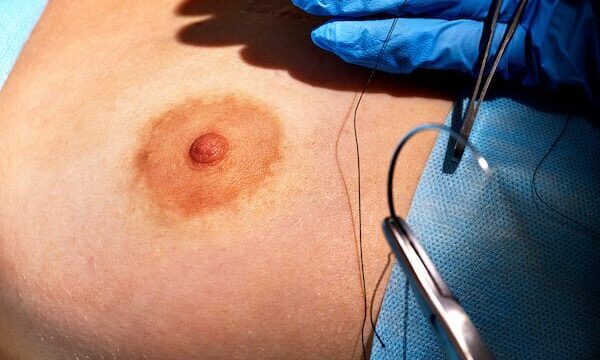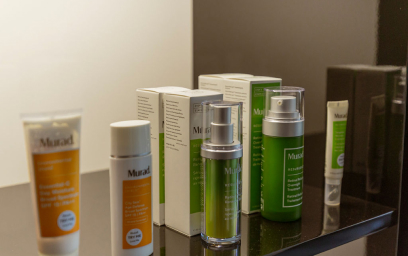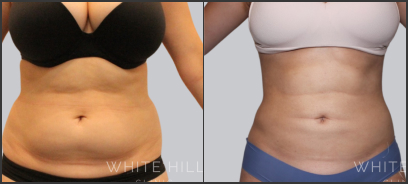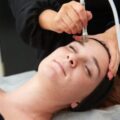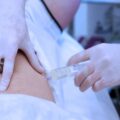Breast Augmentation: How Advanced Technology Has Led to Better Results
Last updated on September 5, 2024
Since 1964, when the first breast augmentation was performed, silicone breast implants have come a long way. Today, innovative tools, safer implants, and advanced technology are enabling surgeons to deliver more natural-looking results, while reducing recovery time and complication risks.
But which technological advances have had the greatest impact on breast implant surgery? There are numerous examples. Silicone breast implants, for instance, have gone through five generations, and with each new generations, many steps forward have been made.
Silicone Implant Types through the Years
A common question for those considering breast implants: Saline vs Silicone? Today, silicone implants are the most commonly used in Australia and around the world, and they’re a favourite choice due to their natural appearance, realistic texture and high levels of safety.
Through the years, though, a number of advances have ed silicone implants. The first and second generations, which were used through the 1970s, utilised different types of casing materials and silicone gel fills. These implants proved to be prone to leaking, due to their thinner shells. And their shapes and textures were less natural.
In the 1980s, stickier silicone gels that better held their shape were introduced. These helped to improve leakage, but yet, the risks remained. With the third and fourth generation implants, more anatomical, tapered shapes were introduced that enabled much more natural looking results.
Finally, since the 1990s, silicone implants are designed with a highly cohesive gel that holds its shape much better. These are sometimes called “gummy bear implants,” as the silicone gel holds its shape even when cut in half much like a gummy bear. As a result, complications due to leakage are rare with today’s implants. Plus, “tear drop” implants have also been reduced, as well as more natural textures.
Improvements in Breast Implant Technique
Technology and improve surgical tools have aided surgeons in producing better results and reduced scarring. A few important advances include:
- Incision Technology: Improved technology and technique have helped to greatly reduce scarring and improve sensation in the nipple and breast tissue. Additionally, therapeutic technique advancements have made wound healing faster, which also helps to reduce the appearance of scars.
- Improved Tools: A number of tools have been introduced that have aided surgeons in placing breast implants. The Keller Funnel, for example, enables surgeons to place the implant without touching it. This can reduce the chance of infection, and the funnel also allows for small incisions and reduced trauma.
- Ultrasound: Until recently, an MRI was the most common tool for examining the health of the breast and implant. Today, ultrasound is a less-invasive and less costly alternative that can help doctors more quickly examine the breast tissue surrounding the implant.
*Dr Joseph Rizk only uses the best and most advanced products on the market, that offer an exceptional warranty.


